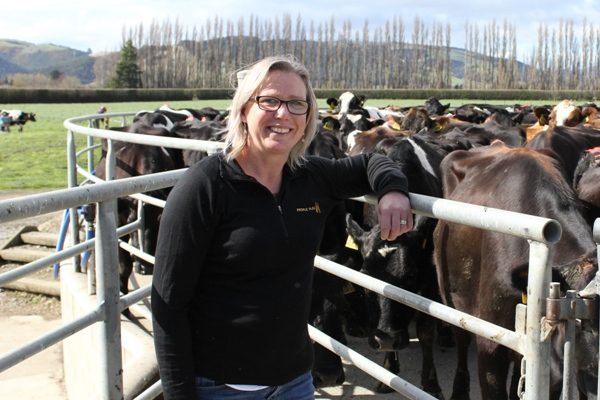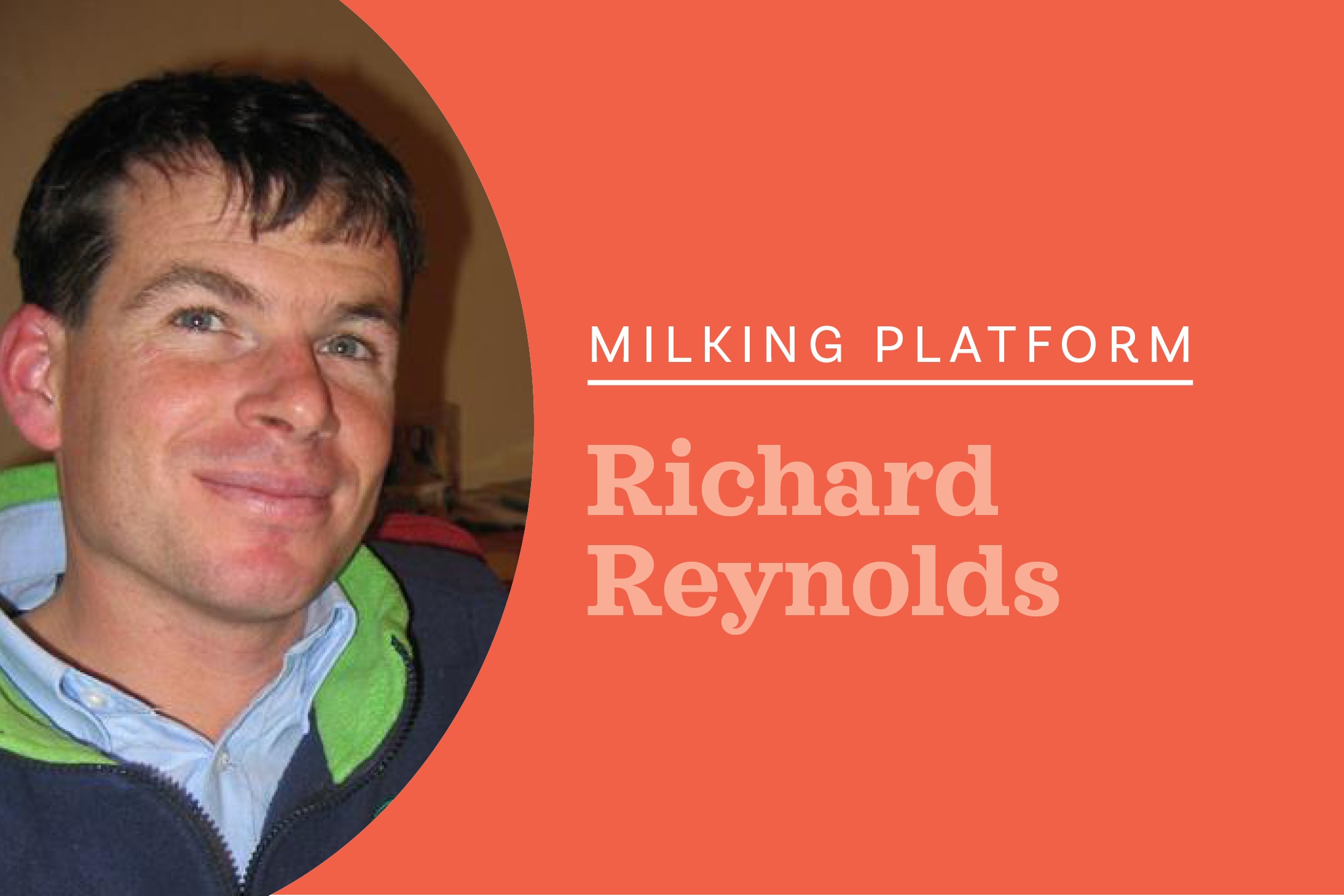First-hand education
Anne-Marie Wells enjoys showing farm visitors what really goes on behind the farm gate.

IT’S HARD TO BELIEVE that while Cyclone Gabriel was wreaking havoc in the North Island, here on the Taieri Plains we were officially in a drought.
Some farms moved to once-a-day or 16-hour milkings and there was a lot of supplementary feed being used. We managed to hold on at twice-a-day, and when the much-needed rain fell at the start of March, it was incredible how quickly the grass picked up.
During February we had a few groups visit the farm for a look at what we do. I encourage visitors as it always feels as though people leave with a more positive view of farming than when they arrived.
To me, it is a way of responding to the negative media that seems to be too often portrayed. I welcome the curly questions from parent helpers who have only ever had this negative media on which to form an opinion.
I enjoy showing them our Plasbac recycling bin, talking about how we manage effluent, explaining that if we want to be a profitable business, it is in our interest to look after our land and our animals, and letting them know these things are not unique to our farm, but are being modelled across the country.

Young people hear about the technology involved in our daily work and the innovation that is happening behind the scenes, learning that there is more to dairy farming than early starts and cow poo.
This time though, was the first time I have ever felt truly defensive of our industry during a visit. As the students had a go at cupping cows, the bus driver cornered me to tell me how dairying continues to be responsible for the poor state of our waterways.
I have been fortunate enough to attend the Dairy Environmental Leaders Forum and was able to talk about the progress that is happening on farms across the country. In particular fencing off waterways and re-introducing wetlands.
We may have had a hand in it in the past when we didn’t understand the environmental impacts of our actions (as did pretty much every industry that has ever existed), but going forward, we are world leading on how low our impact is. I would have loved to have been able to access a web page that showed our progress.
Later, while trying to find something I could reference in future conversations, it was impossible to avoid the statistic that agriculture is responsible for nearly half of New Zealand’s emissions. I wonder if NZ is unique in that the industry which is the biggest contributor to the country’s economy is also the biggest contributor to emissions?
Finally, I came to the AgMatters website, where I found some more reassuring news:
If New Zealand farmers and growers had not increased their efficiency of production over the last 25 years, current emissions would have been 40% higher. Our emissions per unit of product are amongst the lowest in the world. [AgMatters.nz].





